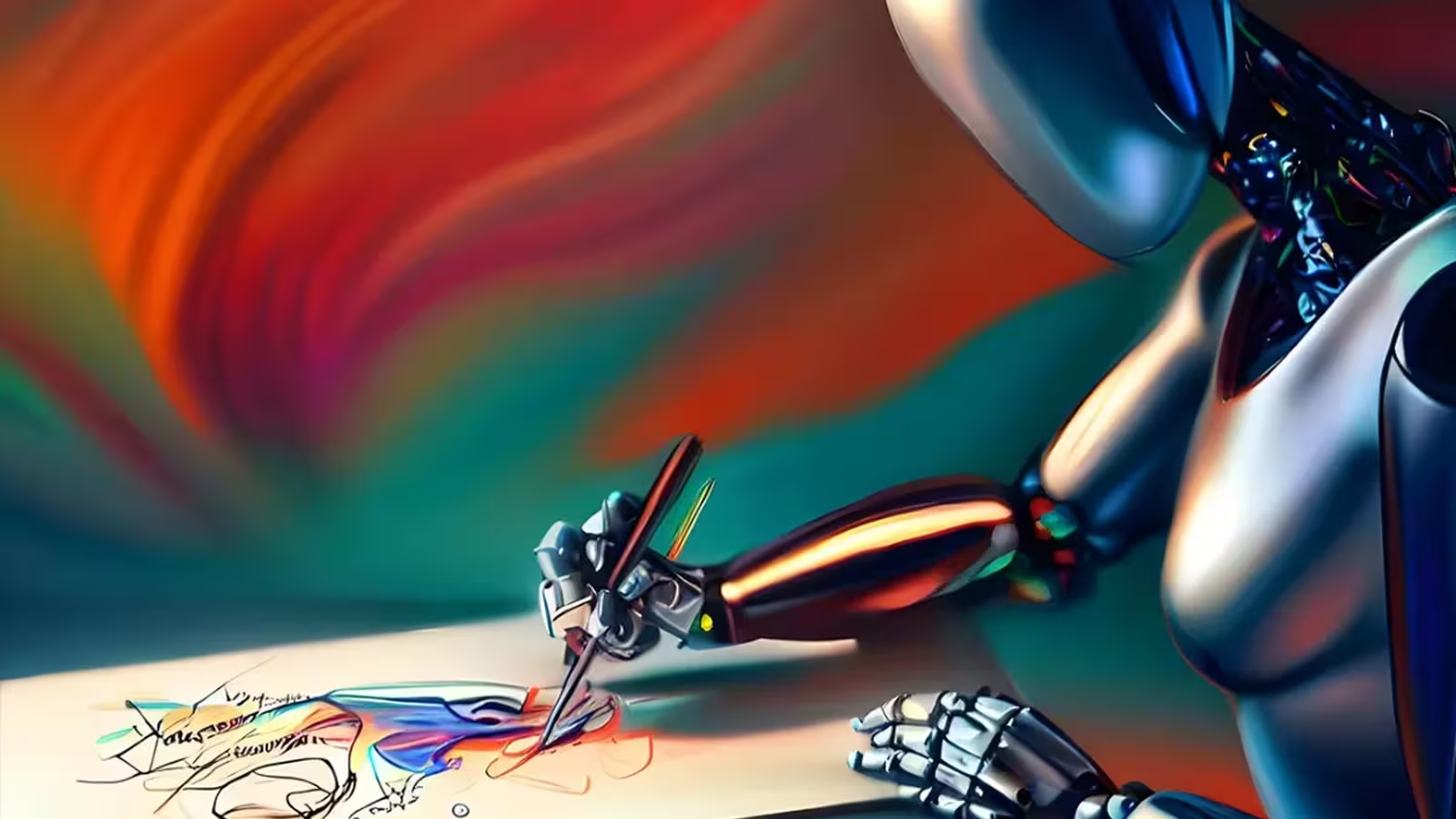4 Minutes
Tesla shutters Dojo team amid leadership departures
Tesla has disbanded the core engineering group behind its Dojo supercomputer project, marking a notable pivot in the automaker’s AI strategy. Bloomberg reports indicate the move followed the departure of Dojo lead Peter Bannon and roughly 20 engineers who left to join a new startup called DensityAI. Tesla plans to reassign remaining Dojo staff to other computing and data center initiatives.
What Dojo was designed to do
Originally, Dojo centered on bespoke training chips and a scale-out supercomputer architecture built to process enormous volumes of video and driving telemetry from Tesla vehicles. The goal was highly optimized neural network training for autonomous driving models—promising faster iteration and more efficient training than generic GPU clusters.
Product features of Dojo vs. alternative solutions
- Dojo: Custom training accelerators optimized for large-scale video and time-series data, low-latency interconnects, and architecture aimed at distributed model training.
- GPU-based stacks (Nvidia/AMD): Mature software ecosystems, broad third-party support, and immediate off-the-shelf compute capacity for both training and inference.
Tesla’s new chip roadmap: AI5 and AI6
CEO Elon Musk explained on X that Tesla no longer wants to split engineering resources across two internal chip lines. The company is concentrating on AI5 and AI6 silicon, which Musk describes as “excellent for inference and at least pretty good for training.” He suggested these chips could be deployed in large clusters—potentially a future “Dojo 3” configuration that leverages standardized hardware.
Features and advantages of AI5/AI6
- Balanced design for both training and inference workloads.
- Scalable for data center clusters, enabling tighter integration with Tesla’s autonomous driving stack and in-vehicle AI.
- Manufacturing and supply agreements (notably with Samsung) aim to accelerate production.
Supply chain, partnerships and market relevance
With Dojo’s internal team largely dissolved, Tesla is increasing reliance on external suppliers. Nvidia and AMD are expected to continue supplying high-performance compute for diverse workloads, while Samsung Electronics secured a reported $16.5 billion agreement to manufacture AI chips for Tesla. Musk has pointed to Samsung’s Texas fab as the planned production site for the AI6 chip, with AI5 volume production targeted for late 2026.
Use cases, comparisons and risks
Practical use cases for Tesla’s AI platform include advanced driver assistance and full self-driving model training, in-vehicle AI services like the Grok chatbot, humanoid robotics, and enterprise data center workloads. Compared to bespoke internal projects like Dojo, a hybrid approach that combines proprietary silicon with industry-standard GPUs offers faster time-to-market but increases dependency on partners. The exodus to DensityAI and other structural changes highlight execution risk: success will hinge on whether the AI5/AI6 roadmap and partner ecosystem can match the training throughput and cost-efficiency that Dojo originally promised.
Bottom line
Tesla’s decision to wind down the Dojo team signals a strategic consolidation toward a chip-centric roadmap and external manufacturing partners. For tech observers, the shift raises questions about long-term control of AI infrastructure versus the practical benefits of leveraging established compute ecosystems from Nvidia, AMD, and Samsung. Ultimately, the company’s AI trajectory will depend on how well its new chips, software stack, and partner-based supercomputer builds deliver on promises for autonomous driving, robotics, and AI-powered vehicle features.
Source: techradar


Leave a Comment